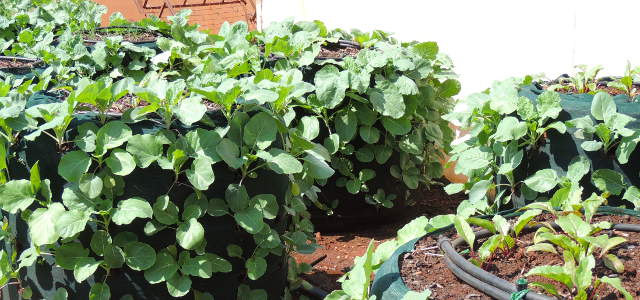
By Eric Kimunguyi, CEO Agrochemicals Association of Kenya
A communication gulf exists in our modern world between scientists and non-scientists. Yet we can all use a TV without knowing how it works, or take antibiotics for pneumonia without a biology qualification, just as we can pick up WiFi without understanding internet protocols.
However, when a gap in general scientific knowledge begins to be exploited to deliver a political victory or precedent that will benefit some, but hurt many more of us, it can start to matter a lot that we and our policy makers get to grips with the science involved.
And so it is with the current debate on pest control.
For, there have been anti-technology movements and scientific rifts throughout history, but with our climate warming, and pressures of population, food, water and other resources all growing, it is now vital we distinguish between the ‘Earth-is-Flat’ movements and the ‘Earth-is-Round’ movements of our modern world.
And, in this, none of fervency, celebrity, or level of noise are indicators of the rights and wrongs. Indeed, it would be a subject for a keen historian to examine such science clamours and see if the views that were the less fervent, the less popularised and the more practical, academic and drier always turned out to be the correct ones, or whether both polar opposites were normally equally loud and passion-driven.
Either way, my own science community has done a poor job, as scientists, in explaining the safety checks and essential nature of pest control products once faced with posters of vegetables that say ‘choose your poison’. It doesn’t matter that we put these products through nine years of international testing to establish how they can be used without poisoning people, or that they are based on molecules that break down in days, so they simply do not exist some days after they are deployed to control one pest or another.
Faced with a celebrity-filled poster, the chemistry of molecular breakdown isn’t a route to hearts looking for a cause. However, it just so happens that it is a scientific fact that makes a massive difference to our health and food security.
Individual examples of that difference abound, and we have managed to speak about locusts, which actually cannot be killed by banging pans, and actually do eat entire crops and breed vigorously. We have also spoken of Fall Army Worm, which has swept through our maize crops triggering shortages. But the pests that face our farmers, and which are routinely resolved in Europe and North America, Australia and much of Asia with pest control products, are sometimes as simple as the dipping of cattle to prevent ticks and the deadly diseases they give to animals and humans alike.
From Crimean-Congo heamorrhagic fever, Lyme disease, Relapsing Fever (borreliosis), Spotted Fever, Q Fever and all the other Rickettsial diseases, Tick-borne encephalitis, Tularaemia, and others, our rural populations are already beginning to suffer more from the growth in ticks on the decline in tick control, and these are ugly, high-temperature, rapid deaths, for the most part.
Indeed, the global One Health movement has been driving awareness that healthy people require healthy animals and environments: you don’t just allow ticks and locust and Fall Army Worm to flourish uncontrolled and expect to enjoy a healthy population. Such pests and parasites carry dozens of vector-borne diseases that kill some three-quarters of a million people a year.
This disease bomb, which some campaigners are seeking to call healthy compared with using pest control made from molecules that break down, is compounded by more than 600 types of weeds that are getting into crops and introducing pyrrolizidine alkaloids – found in herbal teas, honey, herbs and spices, cereals and other foods, according to the World Health Organisation (WHO) - which damage human DNA and actually do cause cancer.
For we scientists, familiar with the poisonous nature of these natural toxins - actually called ‘toxins’ by the WHO, which knows at least one or two things about what is toxic and what isn’t - the current manipulation of scientific information with false claims, celebrity posters and viral videos is hard to know how to counter. How do all of us in agriculture counter this onslaught from those who are making a living and their political fund raising through trying to get Kenya to deliver a world first that they can claim as their victory?
For these campaigners want nearly all pest control banned in Kenya, where all of those products are used across the rest of world, in Tanzania, in Uganda, as well as in the USA and Australia, and by our food trading partners.
Articles in the Wall Street Journal have attacked this campaign in Kenya as green colonialism, funded, as it is, almost entirely from European political funds.
But whoever is funding the big and glamourous noise underway, the children dying of encephalitis will be a lot quieter, as will the families who lose their maize to Fall Army Worm. And what their future depends on is not the glamour, but the facts, the tests, the solutions, the costs and benefits, and the hard stuff of serious decision making, away from the studio lights, and driven by hard realities of death by tick. For Kenyan lives matter.
Write comment (0 Comments)
















